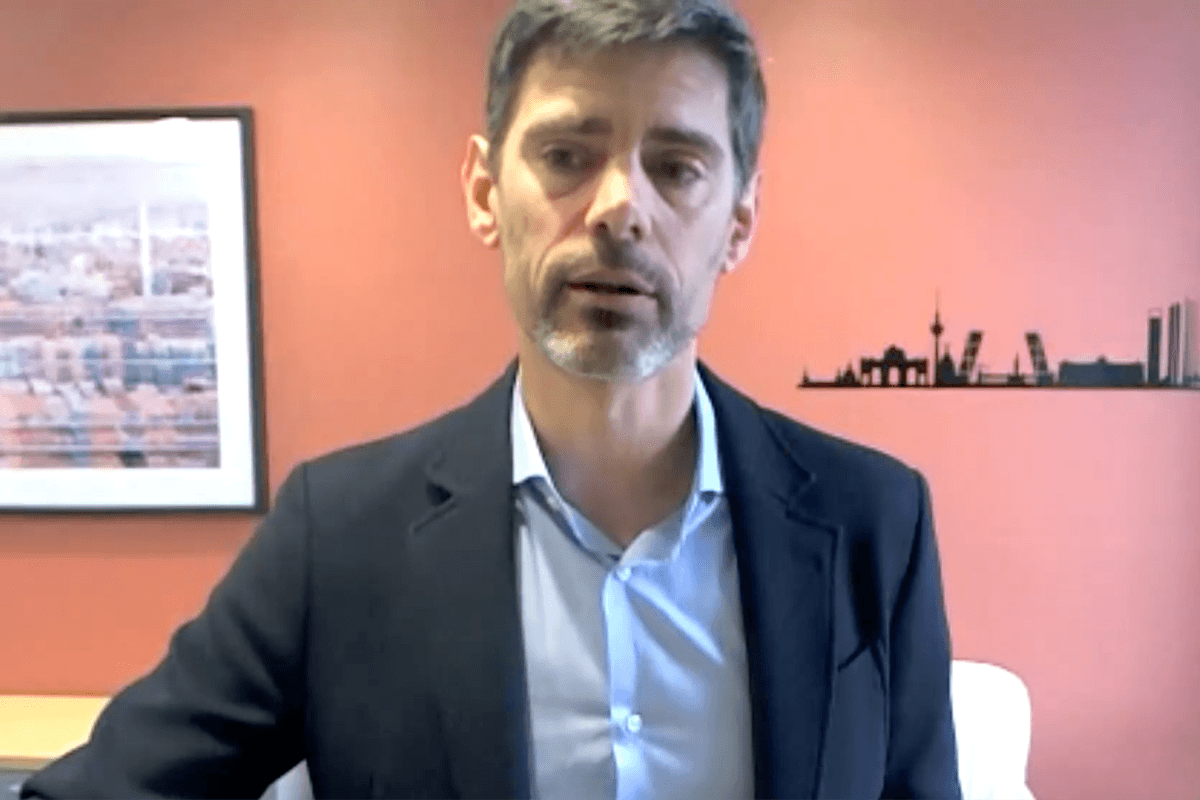Use of the instrumental inequalities in simulated mendelian randomization analyses with coarsened exposures.
Diemer EW, Shi J, Hernan MA, Swanson SA.
Eur J Epidemiol. 2024 May. 39(5):491-499. PMID: 38819552
Faculty Affiliate in the Department of Biostatistics
Biostatistics
Harvard T.H. Chan School of Public Health
Director, CAUSALab
Epidemiology
Harvard T.H. Chan School of Public Health
My research is focused on methodology for causal inference, including comparative effectiveness of policy and clinical interventions.
In an ideal world, all policy and clinical decisions would be based on the findings of randomized experiments. For example, public health recommendations to avoid saturated fat or medical prescription of a particular painkiller would be based on the findings of long-term studies that compared the effectiveness of several randomly assigned interventions in large groups of people from the target population that adhered to the study interventions. Unfortunately, such randomized experiments are often unethical, impractical, or simply too lengthy for timely decisions.
My collaborators and I combine observational data, mostly untestable assumptions, and statistical methods to emulate hypothetical randomized experiments. We emphasize the need to formulate well defined causal questions, and use analytic approaches whose validity does not require assumptions that conflict with current subject-matter knowledge. For example, in settings in which experts suspect the presence of time-dependent confounders affected by prior treatment, we do not use adjustment methods (e.g., conventional regression analysis) that require the absence of such confounders.
While causal inferences from observational data are always risky, an appropriate analysis of observational studies often results in the best available evidence for policy or clinical decision-making. At the very least, the findings from well designed and properly analyzed observational studies may guide the design of future randomized experiments.
Our applied work is focused on optimal use of antiretroviral therapy in persons infected with HIV, lifestyle and pharmacological interventions to reduce the incidence of cardiovascular disease, and the effects of erythropoiesis-stimulating agents among dialysis patients.
Diemer EW, Shi J, Hernan MA, Swanson SA.
Eur J Epidemiol. 2024 May. 39(5):491-499. PMID: 38819552
Hansford HJ, Cashin AG, Jones MD, Swanson SA, Islam N, Dahabreh IJ, Dickerman BA, Egger M, Garcia-Albeniz X, Golub RM, Lodi S, Moreno-Betancur M, Pearson SA, Schneeweiss S, Sterne J, Sharp MK, Stuart EA, Hernan MA, Lee H, McAuley JH.
BMJ Open. 2023 09 12. 13(9):e074626. PMID: 37699620
Hernán MA.
J Clin Epidemiol. 2022 04. 144:193. PMID: 34875379
Hernán MA.
J Clin Epidemiol. 2022 04. 144:203-205. PMID: 34461211
D GB, D P, Jm G, B P, C FE, M L, A L, E G, Ma H.
medRxiv. 2020 Jul 02. PMID: 32637975
Emilsson L, García-Albéniz X, Hernan MA.
JAMA Oncol. 2018 07 01. 4(7):1016-1017. PMID: 29800046
Huitfeldt A, Hernan MA, Kalager M, Robins JM.
EGEMS (Wash DC). 2016. 4(1):1234. PMID: 27891526
Hernán MA.
Ann Epidemiol. 2016 10. 26(10):674-680. PMID: 27641316
Hernán MA, Sauer BC, Hernández-Díaz S, Platt R, Shrier I.
J Clin Epidemiol. 2016 11. 79:70-75. PMID: 27237061
Launched in 2021, CAUSALab brings together 14 epidemiology faculty members across multiple universities to collaborate on applying causal inference methods to compare the effectiveness and safety of health and policy interventions in a broad range of areas.

Suicide is a preventable tragedy—but there’s much work yet to be done in figuring out the best strategies for doing so, according to experts who spoke at a symposium on the topic at Harvard Chan School.

Three epidemiologists discussed the challenge of uncovering the causes of diseases at the 6th Cutter Symposium at Harvard Chan School.

Compared with the Pfizer COVID-19 vaccine, the Moderna COVID-19 vaccine has a slightly lower risk of COVID-19 outcomes, including hospitalization and death.

CAUSALab investigates how to use data to support better decisions in medicine, public health, and policy.
